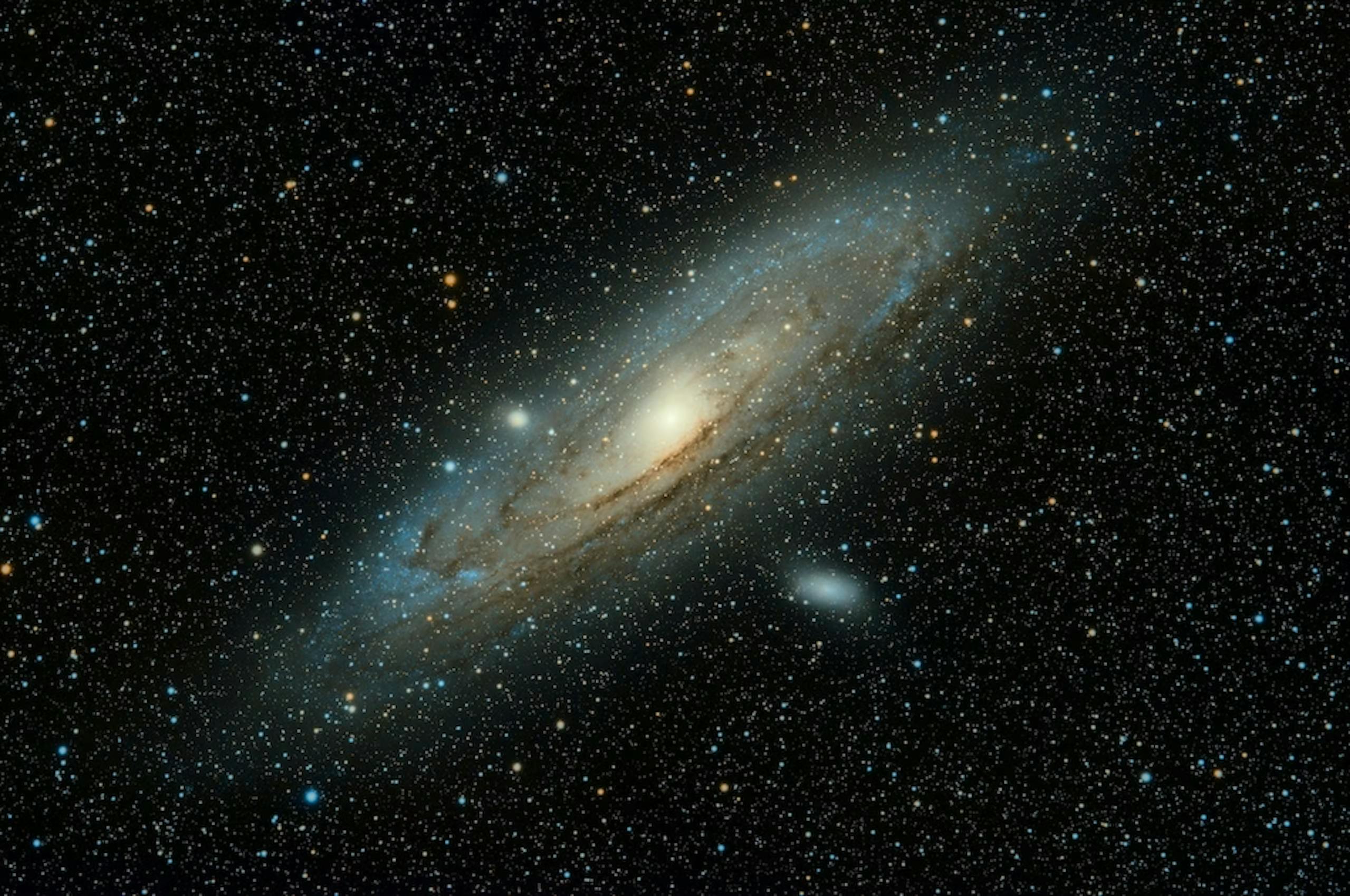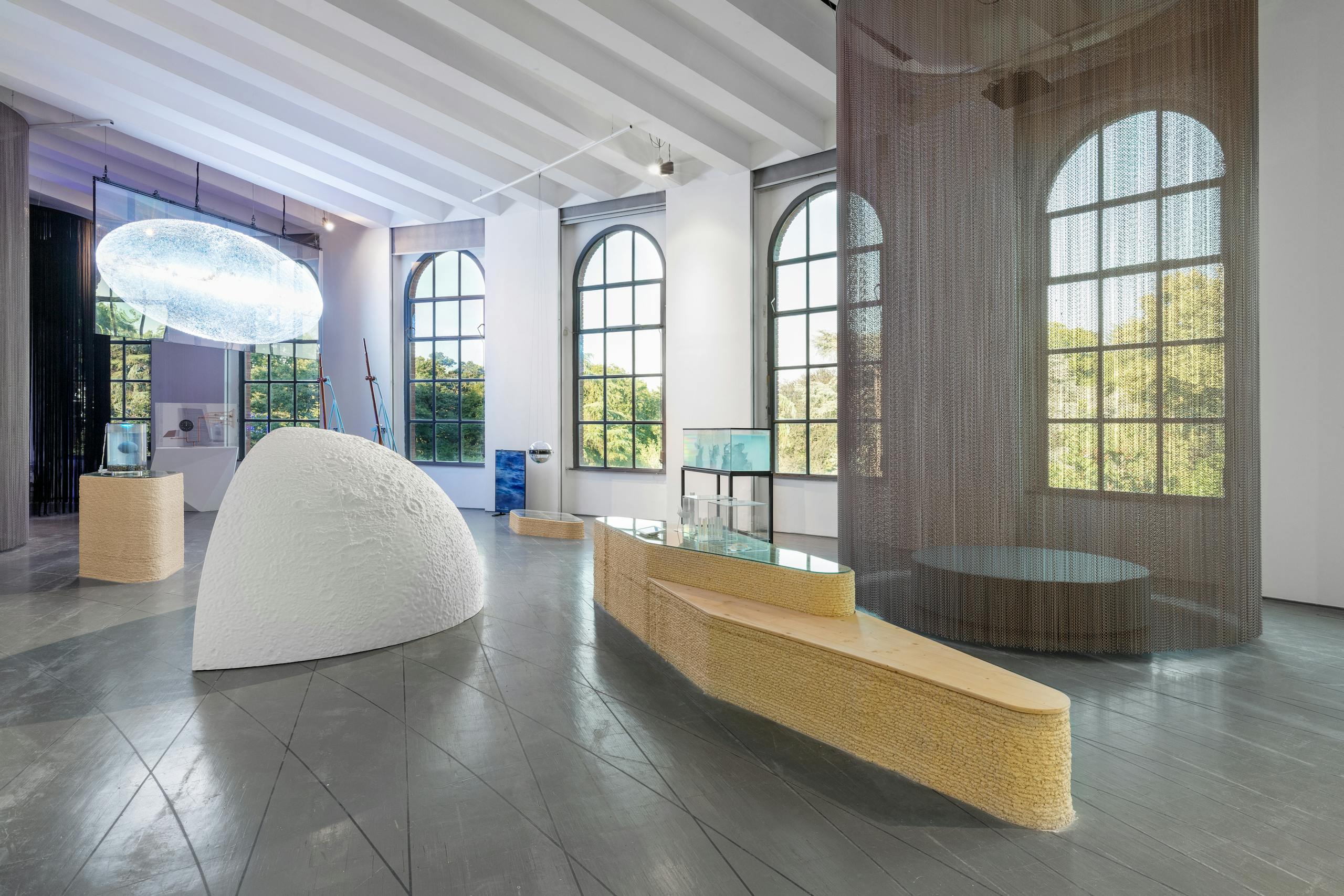
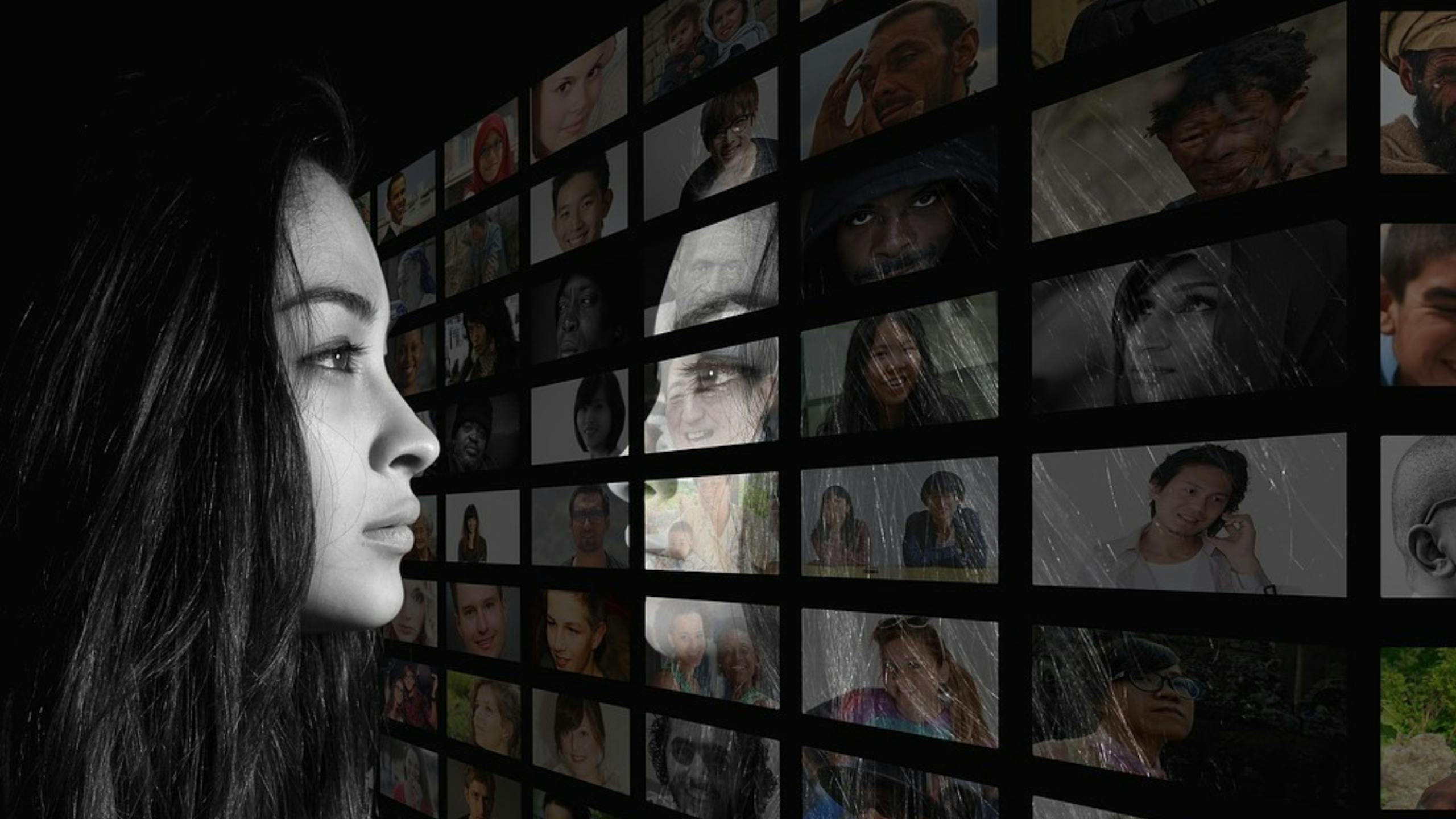
Milanese Universities and Mystery. Pedagogical Ways of Relating to Unknown Unknowns
As part of the in-depth study of the themes of Unknown Unknowns. An Introduction to Mysteries, 23rd Triennale International Exhibition, since June 2021 we have involved researchers, PhD students and undergraduates from universities in Milan and the network of foreign communities in a series of meetings and seminars organized and coordinated by Pupak Tahereh Bashirrad, architect and PhD.
Article edited by the coordinator and students from the PhD Course in Education in Contemporary Society (ESC), University of Milano-Bicocca.
Introduction
by Francesca Antonacci, PhD coordinator
Education promotes awareness of one's own knowledge and skills. In this direction, the work on implicit, latent, but equally operating knowledge (and gaps) in the behavior of individuals and groups, constitutes a key that underpins all learning, in every age of life. What we know, what we do not know we know, and what we think we know, what is known to us but has never been thought of in an explicit form, what we know but whose scope and complexity escapes us, what we think we know but do not know how to make it comprehensible to others, are all possible positions, which constitute a challenge for pedagogical knowledge. All of this is also expressed by the well-known Dunning-Kruger Effect, which describes those who do not know that they do not know, those who know that they do not know, and those who venture, consciously, into the steep climb of knowledge.
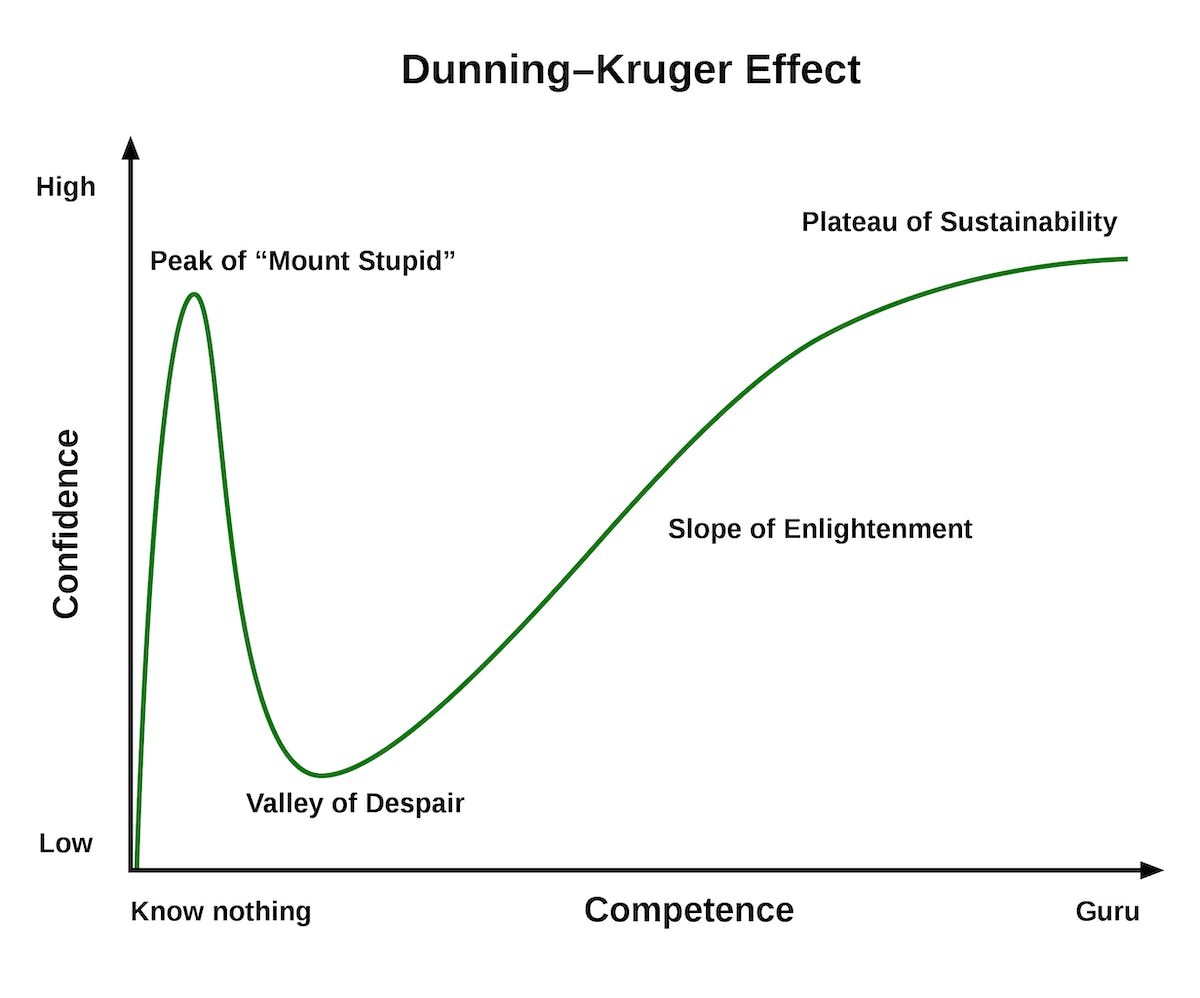
In order to share a work on awareness with the local communities involved in the project, the educational world can make use of different languages that convey the explicit, implicit and latent imaginaries of individuals and groups: expressive, performative, visual, textual, playful, participatory languages. Common to such a variety of languages, alongside a variety of possible research methodologies, is an awareness of the possibility of approaching the mystery of the Unknown Unknowns through different pedagogical routes.
Below are some research that six PhD students in Education in Contemporary Society have chosen to share.
1.
Play cultures with childhood disability
by Elisa Rossoni
Playing with a child with disabilities means opening oneself to the mystery, making oneself available to encounter a different way of existence and taking responsibility for thinking and setting the material conditions that can stimulate and favor the possibility of taking part, in an autonomous and active manner, in an essential and vital experience that generates pleasure, well-being and learning.
In order to do this, it is necessary to observe and listen to the child, hesitate, be silent, wonder, and tolerate not to understand, before judging, repairing, normalizing.
Playing with a child with disabilities also means encountering the multiple cultures of play and education of the families of origin. My research explores the imaginary connected to the play of the migrant families of a child with disabilities in order to open a space and time of encounter and dialogue with otherness and comparison between the theories and educational practices thought and acted within a particular educational service, present in the city of Milan (Spazio Gioco di L'abilità onlus), dedicated to the promotion of the right to play for children with disabilities and the theories and practices on play thought and acted within multicultural family contexts.
The aim is to enrich and broaden the possibilities and effectiveness of play educational intervention in respect and knowledge of different cultures.
2.
Ariadne: dancing the labyrinth of crisis to learn how to transform in social educational work
by Antonella Cuppari
I can search knowing what I do not know and being clear about what I have to search for, or I can be aware that I “do not know what I do not know” and thus traverse the mystery and the transformation it can generate. In this pseudo-labyrinth of knowledge (Ingold, 2015/2020), the method of traversal becomes not so much the search for the only right way in a multitude of blind alleys that lead nowhere, but, on the contrary, a sensitive dance with the context, intentional and attentional at the same time, an a-methodical method (Mortari, 2006) in which action and perception are intimately connected. Ariadne is a dance video-performance part of my doctoral research, that explores the relationship between crisis experience and transformative processes (Alhadeff-Jones, 2021) within the social educational work of services for the social inclusion of people with intellectual disabilities. With reference to studies on performative research (Gergen, Gergen, 2018) and those informed by dance (Bagley, Cancienne, 2002), the video-performance was proposed as an approach to present the process and results of a research project involving social workers, volunteers and family members of people with disabilities in the region of Lombardy. In the design of the video-performance, the combination of imagination, instinctive wisdom, rationality and planning allowed for the multiplication of stories, visions and questions on how to understand social innovation in disability services.
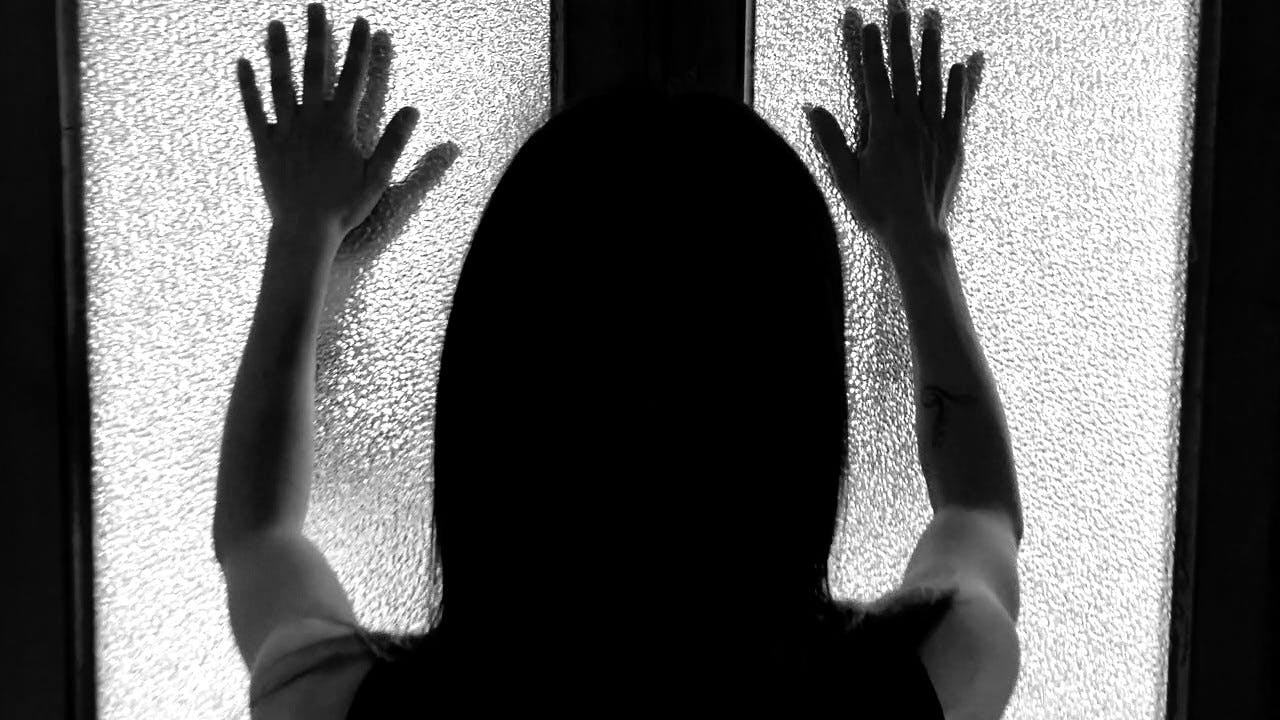
Ariadne video-performance, video frame

Ariadne video-performance, video frame
3.
Improvisation as a pedagogical attitude of school teachers
by Laura Corbella
School teachers meet micro-heaps of complexity in their classroom every day, and they are unlikely to manage them with rigid programming of didactics and education (Sawyer, 2011). In between the institutional aims, the structural conditions of the environment, the numerosity and classroom composition, school teachers and students meet each other, and that rendezvous is constitutionally unpredictable and presents multiple layers: the generational one, the cultural and inter-cultural one, the developmental one, the individual diversity one (Ligorio, Pontecorvo, 2010) and so on. The best modality to respond to the growing complexity in the social and educational scenario seems to be a creative and an improvisational one. My research focuses on the improvisational attitudes of 8 school teachers of various grades, in order to get a photo of the phenomenon “improvisation” in three scholastic institutions of Lombardy. In a next phase, three groups of the same institutions have taken part in a research-training project, using the tools of theater improvisation.

Flusso, 2014
4.
Unknown unknowns and intercultural relations: a mixed methods research on the intercultural sensitivity of secondary school students
by Alessandra A. Maiorano
What do we not know we don’t know about relations between people of different cultural backgrounds? Are we aware of the mystery that pervades dialogue and the uniqueness of relationships?
What we don’t know we don’t know could significantly affect relationships, especially intercultural relationships, needing aptitude skills and knowledge (Deardorff, 2006) multidimensional skills and sensitivity that we could develop throughout our entire life (Bennett, 2004, 2015). My research is a multifactorial correlational study (Fraenkel et al. 2019), with integrated sequential mixed methods design (Amaturo, Punziano, 2016; Trinchero, Robasto, 2019) on intercultural sensitivity (Bennett, 1986, 2015) of secondary school students. Particular attention is given to the role that artistic practice can play in the development of intercultural sensitivity as well as to research significant correlations with demographic and context indicators.
Understanding behaviors and attitudes towards cultural diversity is complex but important to contribute to the improvement of human relationships. Pedagogical research challenges the indefiniteness of multidimensional skills that take shape in dialogue and relationship, to find directions of meaning that can guide educational practices in our global contest.
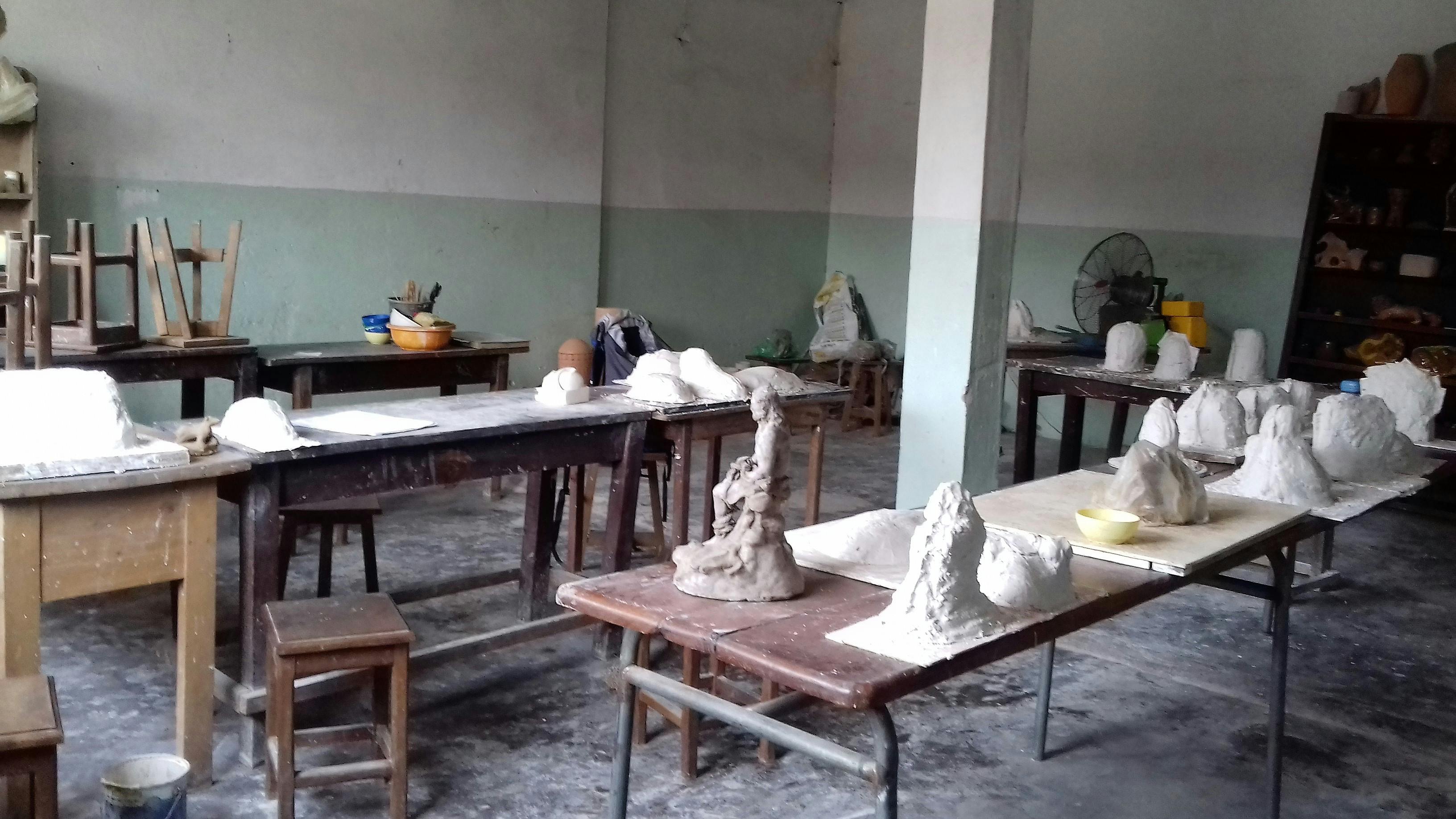
CFART Center in Deido (Cameroun), project sponsored by the NGO COE (Center for Educational Guidance): plaster sculpture course, trainer Maiorano Alessandra (2018).
5.
How contact with different cultures affects students’ thinking, and how students resist interaction in a second language in the classrooms
by Hadiseh Azadi
As well as being a defining feature of culture, language is an unmistakable mark of personal identity, and is essential for forming interpersonal relationships, understanding social situations, extending experience, and reflecting on thought and action.
In an international context where individuals from different cultural backgrounds gathered and have to use an international language to communicate that is not their native language, some unknown behaviors are likely to occur.
Different cultures come into contact, such established truths lose their apparent certainty and individuals might change their views as a consequence of the contact finally (Bochner, 2003).
It is said that cultural differences affect beliefs about specific aspects of the world but also impact the nature of their cognitive process. I propose critical thinking as a level of cognition that might be the result of culture contact and can be looked as an element in world of meanings, politics, ethics, communication, problems, and people. Harvey Siegel says, ‘’Critical thinking cannot/should not be understood as a set of cognitive skills only, but must also be a critical attitude" (Alston,1995).
Regarding this critical view, investigation of resistive behaviors of learners in contact with other cultures can be valuable in leading effective teaching and learning and social lives. Resistance theory in education, taken as a whole with its many nuanced and sometimes contradictory conclusions that have played an important role in formulating theoretical explanations for why and how individuals and groups resist structured arrangements (Abowitz,2000).
In order to develop the contemporary attempts of promoting a culturally inclusive environment and cultural sensitivity, the finding of this study leads to a better understanding of its impact and relevance on educational outcomes in multicultural societies and the results will provide the young international students with finding space to create new meanings to their future pathways, while they are struggling to belong and come to terms with their cultural, and linguistic differences (Stritikus, & Nguyen, 2007).
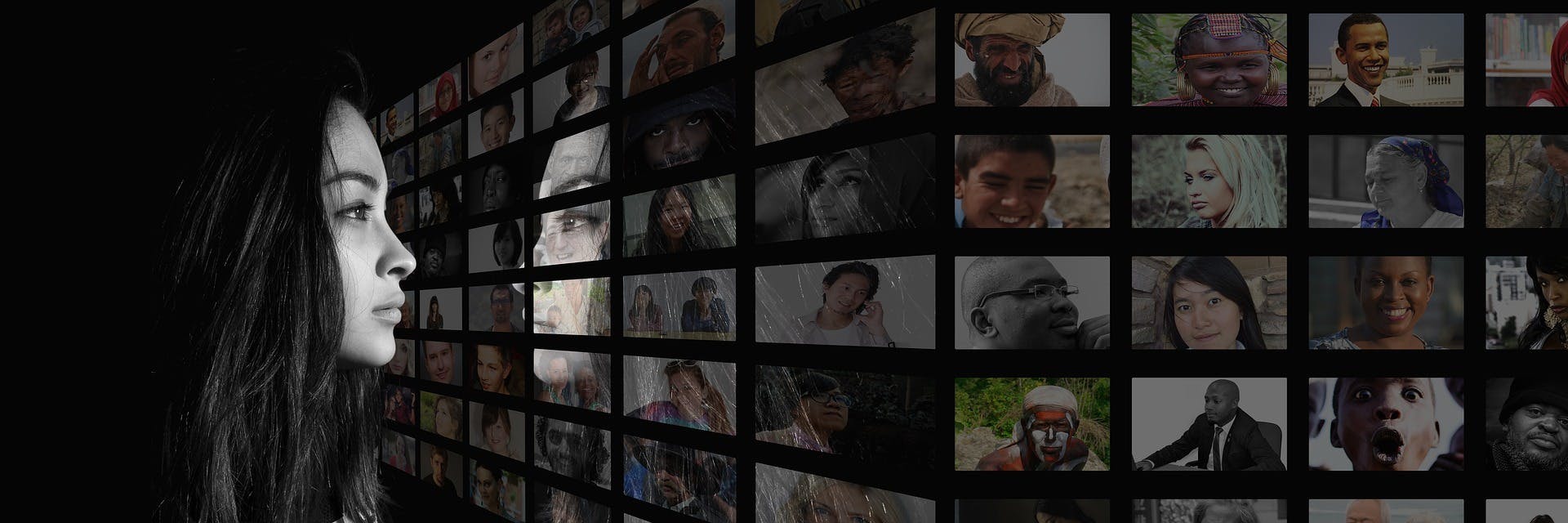
Contact of cultural diversities
6.
Unknown Unknowns and the ocean: a project to promote marine environmental education and ocean citizenship through the use of animated films
by Erica Neri
The ocean is a big unknown, a large mystery, despite the fact that it covers a large part of the globe. This is why the United Nations has proclaimed the "Decade of Marine Sciences for Sustainable Development" for the period between 2021 and 2030. A decade that will make it possible to coordinate research efforts. Efforts that will have to extend not only to the analysis of the physical, biological, oceanographic and legal aspects of the sea, but also to geographical and even more geographic-cultural aspects. The research project in question intends to work specifically in this direction by devoting itself to the study of the relationship between human beings and marine spaces. Cinema can be a means of enhancing the image of the sea and its culture, capable of creating affectivity even in those who have not yet had the opportunity to experience marine spaces directly (Squarcina, Pecorelli, 2017).
This research is part of the Prin "Greening the Visual: an Environmental Atlas of Italian Landscape" (PRIN, 2017-0422), a project that aims to investigate how visual representations influence environmental discourse. The prevailing language is therefore visual and a research unit of the PRIN is devoting itself in particular to the analysis of animated films. In addition, products representing seascapes with the aim of investigating through workshops. This will involve teachers and primary school students, through the technique of film-elicitation (Krebs, 1975, Bignante, 2011) and what environmental ideas these visual representations transmit to young users and how effective they are in making them more familiar with these spaces and by promoting marine environmental education and the adoption of an attitude of ocean citizenship.
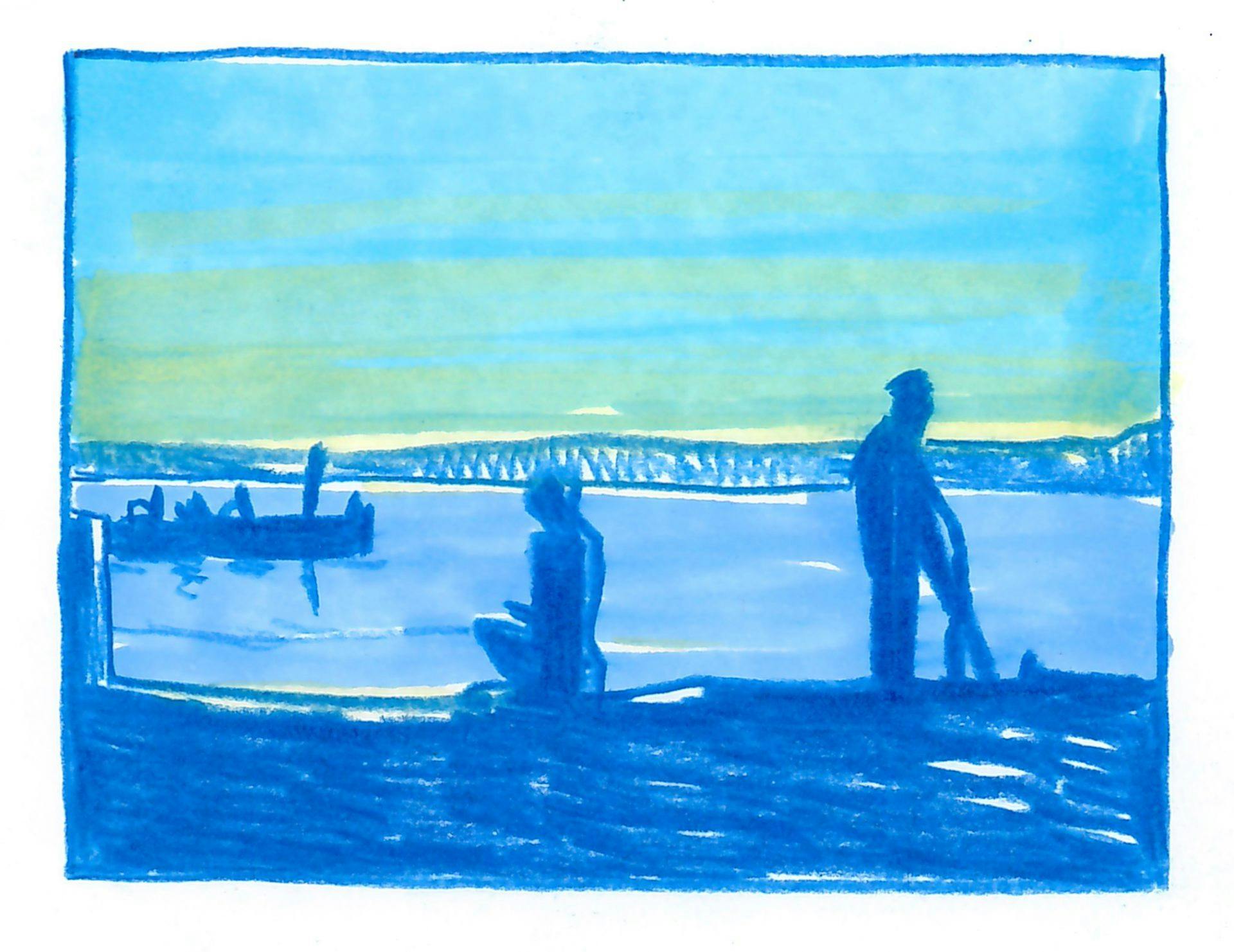
Tuna, 2018 © Marco Rinicella - one of the animated short films selected for the project
Conclusions
Can one consider the sea as the idealised space of a diasporic community?
Let us try to answer in the words of Enrico Squarcina:
“In the sailing community, at least among its most emotionally involved members, one can recognise some of the distinctive traits of diasporic communities. Just as members of diasporic communities maintain a vision, a memory or a myth about their homeland of origin, so today's sailors refer to the sea as a mythical space from which they derive their identity and otherness with respect to human society on land, where they belong and from which they try to escape, considering it oppressive. Just as members of diasporas see the land of their ancestors as the place of eventual return, so sailors see the sea as a place, to which they yearn to return. They are concerned with its maintenance, in environmental terms, or the restoration of what they feel is the motherland. Finally, they have a group conscience and solidarity, defined by the persistence of the relationship, perhaps only literary, with the pelagic spaces they consider their distant homeland.” (Squarcina, 2015).
Bibliographic references
Abowitz, K.K. (2000). A pragmatist revisioning of resistance theory., in American Educational Research Journal, 37(4), 877-907.
Amaturo, E., Punziano, G., (2016). I mixed methods nella ricerca sociale. Roma: Carocci.
Alston, K. (1995). Begging the question: Is critical thinking biased? Educational Theory, 45 (2), 225-233.
Bagley, C., Cancienne, M.B. (2002). Dancing the data. Peter Lang Publishing.
Bennett, M.J. (1986). A developmental approach to training for intercultural sensitivity. Journal of Intercultural Relations, 10, 179-196. htto://doi.org10.1016/0147-1767 (86)90005-2.
Bennett M.J. (2015). Principi di comunicazione interculturale, paradigmi e pratiche. Milano: Franco Angeli.
Bochner, S. (2003). Culture shock due to contact with unfamiliar cultures. Psychology and culture, 8(1), 1-12.
Bignante E. (2011). Geografia e ricerca visuale. Strumenti e metodi. Bari, Laterza.
dell’Agnese E. (2021). Ecocritical Geopolitics: popular culture and environmental discourse. London and New York: Routledge.
Deardorff, D. K. (2006). Identification and assessment of intercultural competence as a student outcome of internationalization. Journal of Studies in International Education, 10 (3), 241-266.
Gergen, K.J., Gergen, M. (2018). The performative movement in social science. In Leavy, P. (Eds.), Handbook of arts-based research, pp. 54-67, Guilford Press.
Hong, L., Sandaran, S.C., Fang, W. (2020). Intercultural communication competence with critical thinking on foreign language teaching in universities under globalization. Journal of Critical Reviews, 7(11), 627-630.
Ingold, T. (2020). Siamo linee. Per un’ecologia delle relazioni sociali (Cavallini, D., trad. ita.). Treccani. (Originariamente pubblicato nel 2015)
Krebs, S. (1975). The film elicitation technique. In P. Hockings (Eds.), Principles of Visual Anthropology, pp. 283-302. Berlin-New York: Mouton de Gruyter.
Ligorio, B., Pontecorvo, C. (eds.). (2010). La scuola come contesto. Carocci Editore.
Mortari, L. (2006). Cultura della ricerca e pedagogia. Prospettive epistemologiche. Carocci Editore.
Sawyer, K. (2011). Structure and improvisation in creative teaching. Cambridge.
Squarcina E. (2015). L’ultimo spazio di libertà. Milano: Guerini.
Squarcina E. (2018). Pianeta blu, questo sconosciuto. In Squarcina E., Pecorelli V., Diventare grandi come il mare, esperienze didattiche tra ocean citizenship e ocean literacy. Milano: Guerini.
Squarcina E., Pecorelli V. (2019). Not only mermaids. Sea imaginaries by Italian pupils pursuing ocean literacy”. J-Reading 1, 8, June, 2019, 101-109.
Stritikus, T., & Nguyen, D. (2007). Strategic transformation: Cultural and gender identity negotiation in first-generation Vietnamese youth. American Educational Research Journal.
Trinchero R., Robasto D., (2019). I mixed methods nella ricerca educativa. Milano: Mondadori.
Related events

Related articles
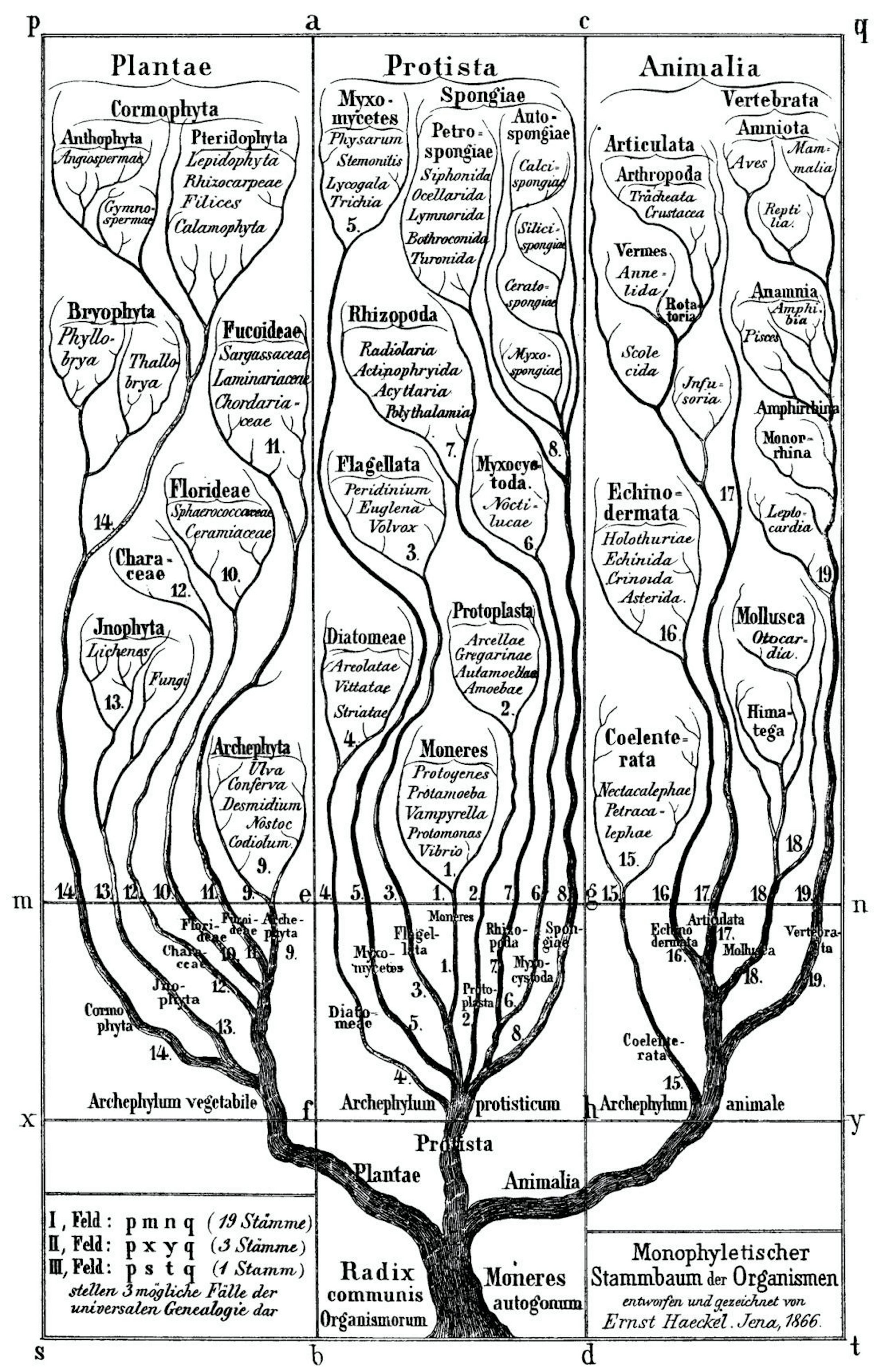
Milanese Universities and Mystery.
Biodiversity We Could Never Know
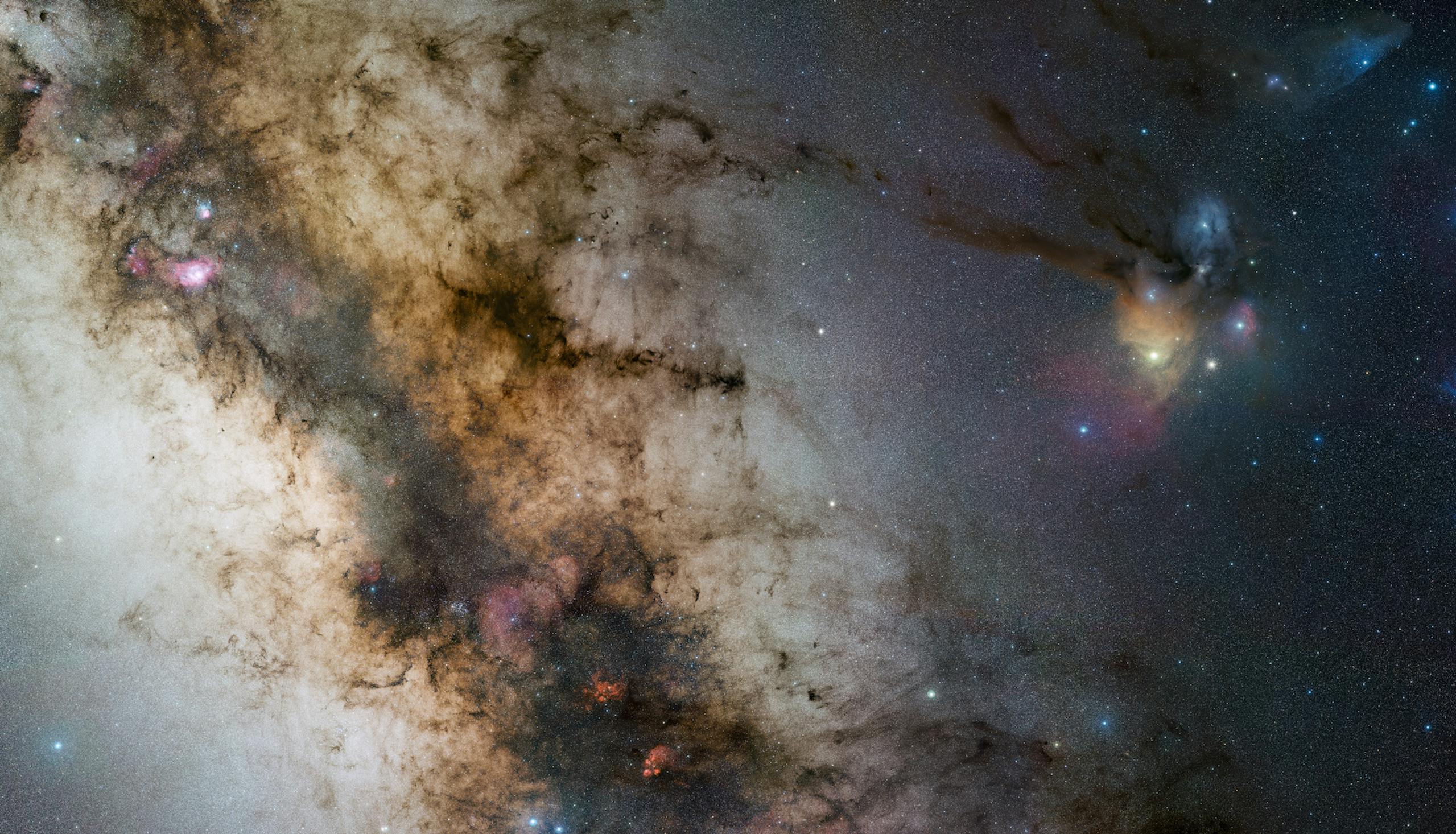
Milanese Universities and Mystery.
Unknown Unknowns: Some Mysteries Related to the Origin of the Universe, to Its Evolution, Destiny and Components
